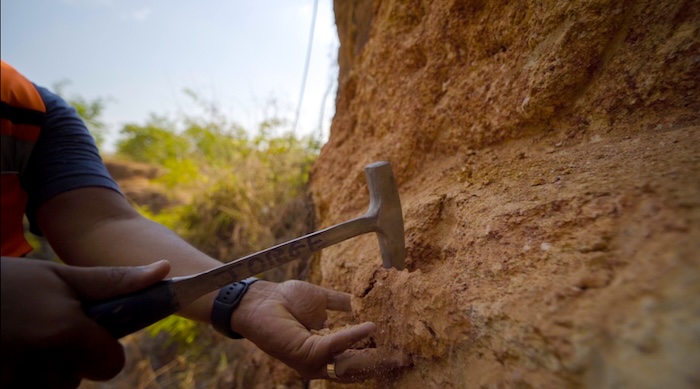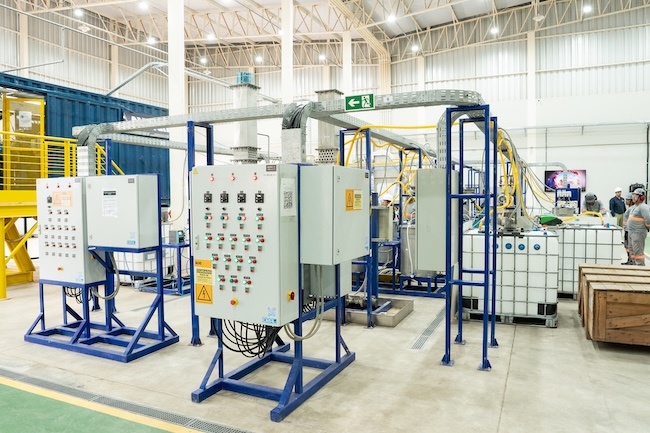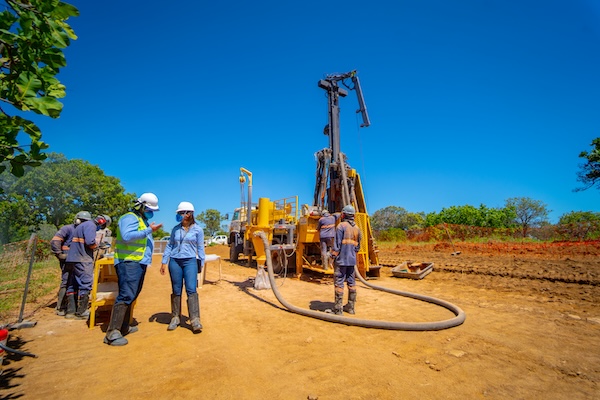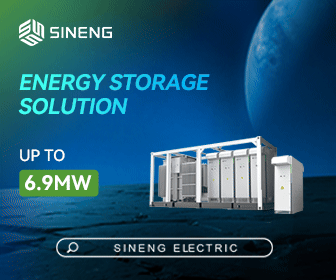Why the West Needs to Secure Heavy Rare Earths for the Future of Advanced Manufacturing
Recent export restrictions by China on key rare earth elements such as dysprosium and terbium have brought renewed attention to the global importance of these materials. As China implements new licensing requirements, particularly for elements used in high-performance magnets, manufacturers worldwide are confronting the reality that access to certain critical inputs can no longer be taken for granted.

These restrictions highlight something the industry has known for years: dysprosium and terbium are not just niche materials. They are central to the permanent magnets that enable core functions in electric vehicles, wind turbines, robotics, and a wide range of advanced industrial automation technologies.
The strategic role of heavy rare earths
Heavy rare earths differ significantly from their lighter counterparts. Scarcer in nature and harder to extract, they are critical to ensuring that magnets perform reliably under high temperatures generated by demanding mechanical conditions. Dysprosium and Terbium improve thermal stability and ensures magnetic strength — qualities essential for robotic arms, electric drivetrains, and renewable energy applications.
Although the electric vehicle (EV) market has recently shown signs of a slowdown, demand for EVs continues to grow. In addition, demand for automation and robotics is accelerating. From autonomous warehouses to AI-enhanced manufacturing systems, the future of industry is increasingly magnet-driven.
A market signal, not a crisis
China’s export licensing requirements are substantially constraining the access to permanent magnets. They reflect a deliberate focus on managing the outbound flow of materials critical to next-generation technologies, a powerful card in the current trade negotiations. As the dominant global processor of heavy rare earths, China’s industrial strategy is both sophisticated and long-term focused. These licensing measures serve as a signal to global markets: supply chains need resilience, and sourcing must become more diversified.
This is not a zero-sum game: China is a formidable competitor with a deeply integrated industrial chain. The challenge for other economies is not to confront China, but to strengthen their own capabilities — through investment, innovation, and responsible development.
Diversifying supply in a competitive world
New production hubs are emerging to complement and diversify the global supply of heavy rare earths. Projects in the Western Hemisphere, including those in Latin America, offer an important opportunity to build a more balanced and transparent ecosystem for these materials.

In developing these resources, the goal is not only to address supply risk but also to raise the bar on sustainability. Newer approaches to extraction and processing can reduce environmental impact while supporting local communities and fostering long-term economic growth.
A path for industry and policymakers
To meet rising demand and reduce supply chain vulnerabilities, several steps are critical:
- Differentiate heavy rare earths in industrial policy. These are not interchangeable with more abundant light rare earths and require targeted attention.
- Support integrated supply chains. Incentives for rare earth magnet production and processing capacity outside of Asia will strengthen global resilience.
- Invest in sustainable extraction technologies. Environmental performance must go hand-in-hand with supply security.
- Collaborate across sectors. Automakers, robotics firms, and clean energy developers must align on long-term sourcing strategies.

Looking ahead
Heavy rare earths are foundational to the next generation of innovation — not just in transportation, but in automation, energy, and smart infrastructure. Relatively small investments in extracting and processing rare earths, probably in single-digits billions, will be able to support the development of industries that will contribute trillions of dollars to the economy. The strategic opportunity is quite obvious and requires decisive action. The moment to invest is now, a decision to deploy development capital today will have an impact in our ability to source these minerals in three to five years’ time, given the complexities of permitting and building new mines and industrial facilities.
We are at a pivotal juncture. As industries accelerate efforts to decarbonize, electrify, and roboticize, access to heavy rare earths has emerged as a critical constraint. Our ability to deploy trillions of dollars of new industries relies on this. The question now is whether the West will respond with the same strategic focus and urgency that the moment demands.
 Ramón Barúa Costa is CEO and Director of Aclara, which is focused on building a vertically integrated supply chain for rare earths alloys used in permanent magnets. With a background in strategic development across the energy and materials sectors, he brings a global perspective to critical mineral supply chains and their role in the future of advanced manufacturing and sustainability.
Ramón Barúa Costa is CEO and Director of Aclara, which is focused on building a vertically integrated supply chain for rare earths alloys used in permanent magnets. With a background in strategic development across the energy and materials sectors, he brings a global perspective to critical mineral supply chains and their role in the future of advanced manufacturing and sustainability.
Aclara | www.aclara.com
Author: Ramón Barúa Costa









